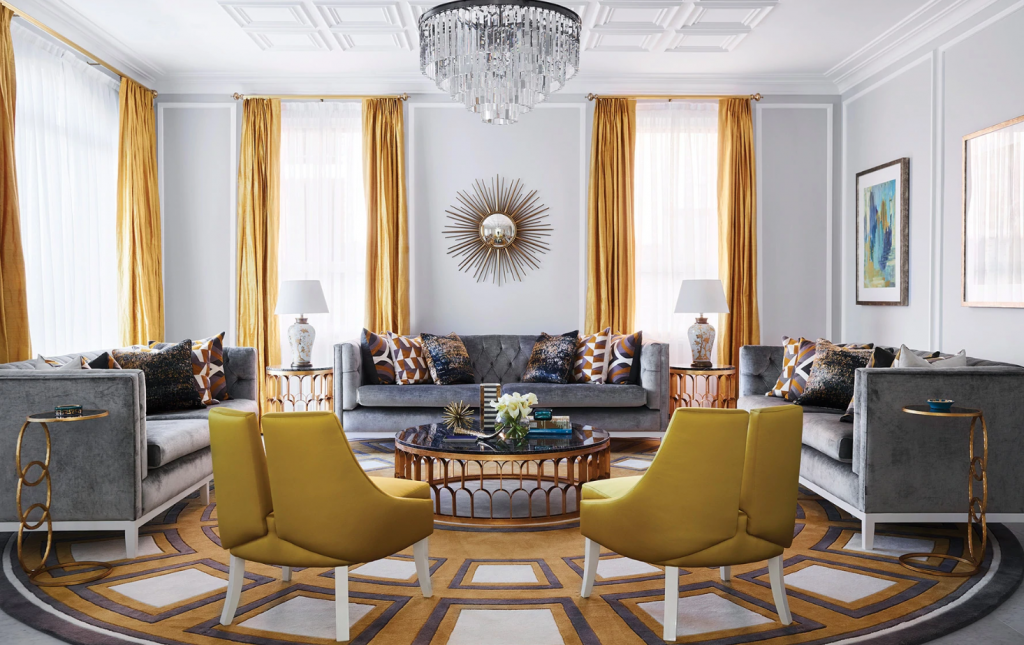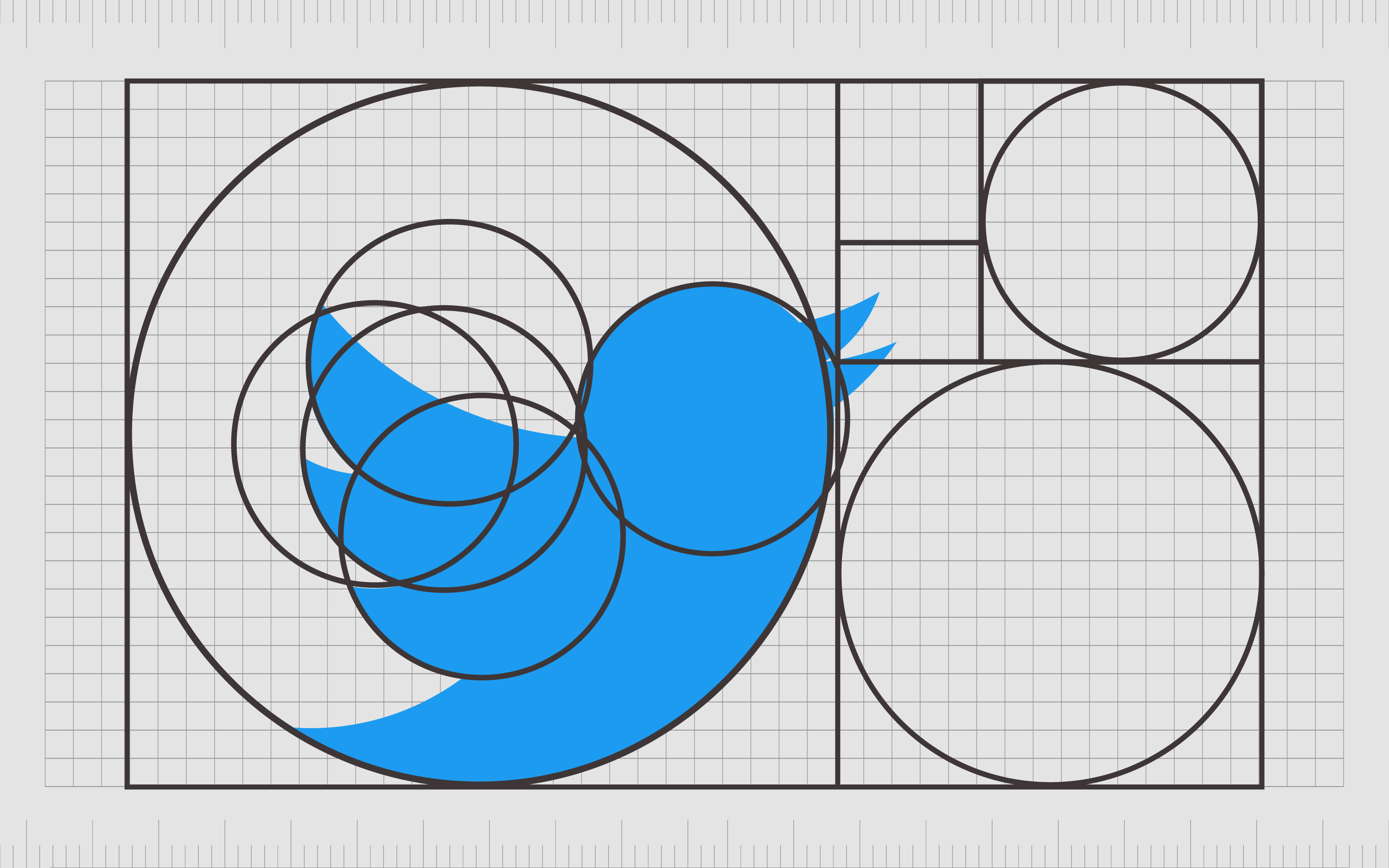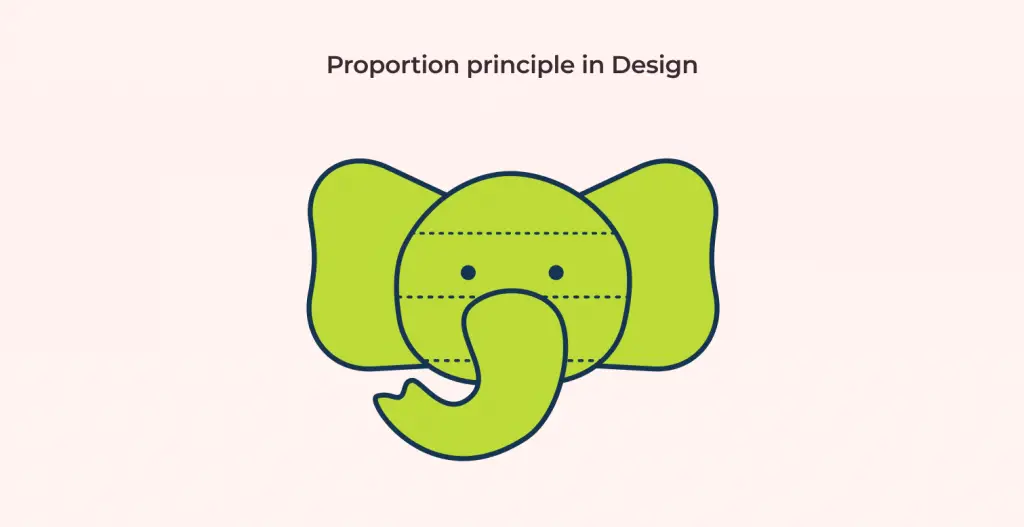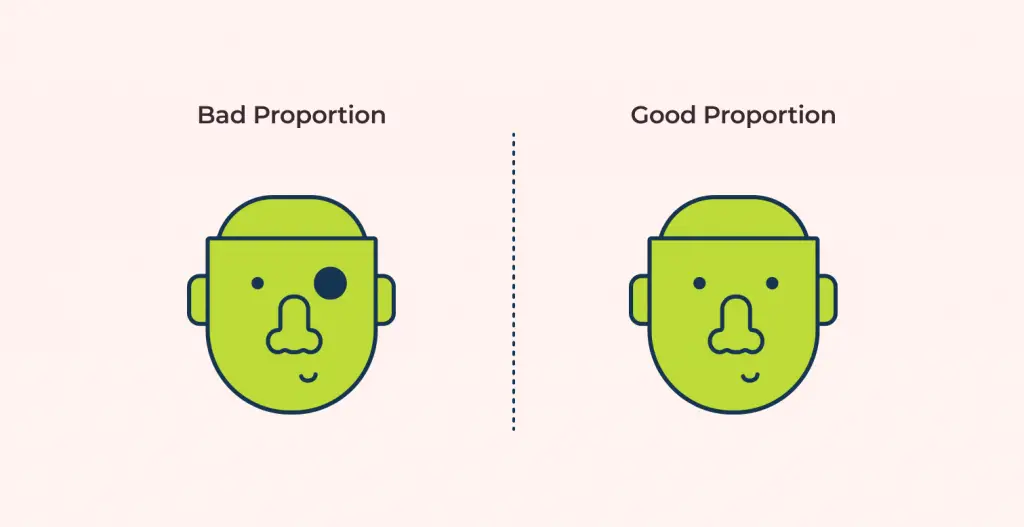
How To Use Scale and Proportion in Interior Design? Foyr
December 3, 2021 by Shirish Shikhrakar In a composition, proportion refers to the relationship between objects with reference to their size and visual weight. It is one of the easier design principles to understand that mainly focuses on the comparison of shapes and sizes of elements in relation to another.

Principles of Design Proportion Judy's ABC's
Principle #4 - Proportion. Proportion is defined as the relationship of two or more elements in a design and how they compare to one another. Good proportion is harmonious when you get the right relationship between elements with respect to size or quantity. It's closely related to Scale (next week's topic) which refers to the size of a.

Pin by Cale Warner on Scale/proportion Principles of design
1. Emphasis 2. Alignment and balance 3. Contrast 4. Repetition 5. Proportion 6. Movement 7. White space 8. Conclusion Emphasis The first principle of design is the emphasis, which refers to a design's focal point and the importance of each element within it. Assume you're designing a concert poster. Ask yourself, "Should I focus on the band"?

Proportion In Graphic Design The Principles Of Design Proportion
Variation refers to changes in comparative sizes, shapes, and quantities. When considering the size relationship of elements in a layout, the designer tries not to have everything the same size. Unequal divisions of space within the layout and elements of various sizes attract attention and elicit interest. When a page is split horizontally or.

Principles of Design Proportion
Proportion in art and design refers to the different sizes of the individual parts that make up one object. For example, proportions in visual art are essential when drawing the human figure —realistic human proportions make for a more lifelike portrayal. In contrast, unrealistic proportions create a more cartoonish or abstract look.

Principles of Design Part 10 Proportion YouTube
In this video, you'll learn and understand the basics of using the principles of proportion in your designs.If you're an educator, you can view all these vid.

MD2_Studio32West Proportion Examples
The fundamental principles of design are: Emphasis, Balance and Alignment, Contrast, Repetition, Proportion, Movement and White Space. Design differs from art in that it has to have a purpose. Visually, this functionality is interpreted by making sure an image has a center of attention, a point of focus. Maybe you're thinking, 'But wait!

Principle of Design, Proportion Principles of design proportion
Proportion is an important principle of art and design; it is defined as the ratio of the dimensions of one element to another within a composition, or the relative size of the parts of a whole.. Proportion in art can be used to create balance and harmony in a composition. From the earliest works of art to today's digital media, proportion has been an essential part of the creation of.

Principles Of Design Proportion art principles of proportion Google
The 11 principles of design every graphic designer should be familiar with: Hierarchy Balance Alignment Emphasis Proportion Movement Negative Space Contrast Repetition Variety Unity Antonka 1. Hierarchy Visual hierarchy is a vital part of good design. If everything on your page looks like it has the same importance, then nothing appears important.

Proportion Principle of design ux360.design
Design Principles - Scale and Proportion I. Terms: Scale & Proportion II. Definition of the terms: Scale and Proportion are related concepts. Scale is the size of an object compared to other objects. Proportion is the size of a part of an object compared to the rest of the object. III. Examples of the terms: SCALE: We usually judge scale by the dimensions or amount of space occupied.

Principles Of Design Proportion And Scale Principle of design
1. Grasp the Basics of Proportion Proportion is all about the relative size and scale of different elements in a design. Think of it as the recipe for your design—just like in cooking, getting the proportions right can make or break the final outcome. Let's breakdown some key concepts to help you understand proportions better:

Proportion Principle of design ux360.design
Proportion in graphic design is an important concept for any expert attempting to create a realistic, harmonious, and compelling composition. As one of the key principles artists follow in their work, proportion in design determines image balance and effectiveness.

Tennis balls Principles of design proportion, Photography elements
Proportion is the harmonious relationship between two or more parts that make up a whole. Most typically, proportion is defined by the scale of elements, in relation to each other. Introduction to Proportion Proportion has a long history of defining beauty in art and design.

Principle of Design Proportion Principles of design proportion
There are three (3) ways to see a sense of proportion. Forms within the same work of art can be in proportion or out of proportion from one another. The scale is what determines whether the forms are larger or smaller than other forms seen in the work. The ways in which to see a sense of proportion: 1. between separate parts of a whole object.

The 9 Principles That Govern The Realm of Design Balance Emphasis
Theory The Principles of Design Laura Keung Jul 7, 2023 • 12 min read 116 Theory Graphic Design Have you ever wondered what goes into the creation of a successful design piece? In this course, we'll talk about the principles of design and share some examples. Watch the Full Principles of Design Course The Principles of Design | FREE COURSE

Scale, proportion and light the principles of interior design BSBG
Proportion is one of the most important aspects of design. It is the relationship of one element to another. Proportion is used to create a sense of harmony and balance in a design. It can also be used to create emphasis and contrast. There are three basic principles of proportion - scale, harmony, and balance.